What is motsu-nabe
Motsu-nabe is one of the traditional Japanese nabe (hot pot) dishes, and is typically made with beef or pork motsu (offal).
The dish is very popular in the Kyushu region, especially in Fukuoka Prefecture.
Motsu-nabe is usually prepared by simmering the offal together with vegetables, such as chives, cabbage, and tofu, in a miso or soy sauce-based broth.
Some soups are flavored with garlic and chili peppers.
The soup is characterized by the deep flavor of offal and the sweetness of the vegetables absorbed in the broth.
The dish was initially developed in the Kyushu region, particularly in the Fukuoka Prefecture.
Although the origin of motsu-nabe is not clear, it is generally believed to have spread during the period of food shortages after World War II, when inexpensive and nutritious beef offal was used.
It was originally a dish prepared by butchers using leftover offal, and it has grown to become a popular food for the masses.
In recent years, a wide variety of soups and flavors have been introduced.
These include salt-flavored and spicy soups, as well as variations with tomatoes and cheese, in addition to the traditional soy sauce and miso-based soups.
The number of restaurants specializing in motsu-nabe is increasing throughout Japan. The practice of enjoying motsu-nabe has evolved to include the use of high-quality offal and a special broth to create a sense of luxury to differentiate the dish.
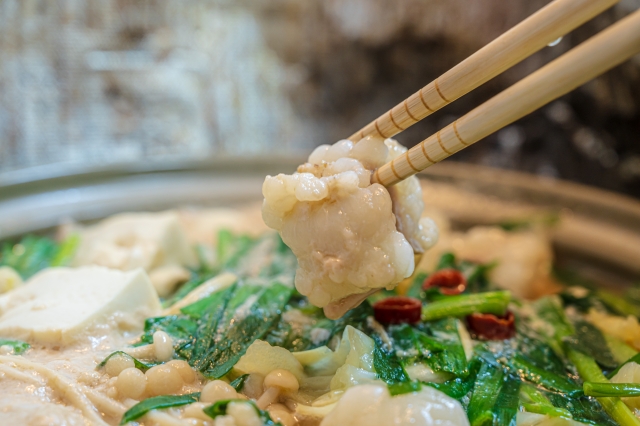
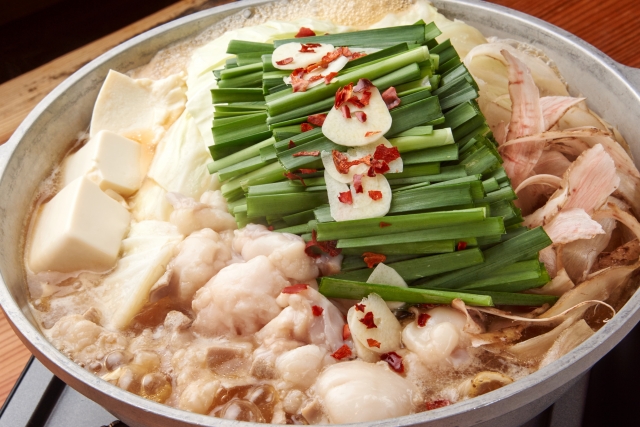
Position as a Local Specialty
As a signature dish representing the food culture of Fukuoka and Hakata, motsunabe has become a “must-try delicacy” for anyone visiting the city. Originally developed as a humble post-war comfort food, this offal-based hot pot has evolved into a beloved dish featuring fresh beef offal, a flavorful broth, and plenty of vegetables. Today, it is widely known among domestic and international travelers as “the dish you should try when you come to Hakata.”
For this reason, eating motsunabe is often regarded as experiencing something uniquely Fukuoka. Many visitors choose it as the highlight of their dinner plans or for gatherings with friends during their trip.
Local Ways of Eating and Enjoying Motsunabe
- Relaxing time around the hot pot
For locals, motsunabe is a dish meant to be enjoyed slowly while sitting around a bubbling pot with family or friends. The time spent waiting for the ingredients to cook is part of the experience, and taking it easy is the recommended style.
- A full experience from start to finish
The typical flow—heating the pot → enjoying the ingredients → finishing with champon noodles or rice porridge—is completely natural to people in Fukuoka. Savoring the soup-soaked noodles or rice at the end is considered the true local way to complete the meal.
- A winter staple and cold-weather favorite
When temperatures drop, motsunabe becomes especially popular. It is common to hear locals say, “Let’s have motsunabe tonight,” as it warms the body and includes plenty of vegetables. For many, it’s a seasonal comfort food during the colder months.
Easily accessible for travelers
Many restaurants are located near train stations and offer good accessibility. Options range from casual izakaya-style eateries frequented by locals to polished establishments suitable for visitors. Travelers can enjoy the same authentic motsunabe culture that local residents love.
Varieties of motsu-nabe
The types of ingredients used in motsu-nabe vary from restaurant to restaurant.
Below are some of the typical ingredients.
Motsu (offal)
The main ingredient in motsu-nabe, and beef or pork offal (especially the small intestine) is typically used.
Fresh, tender meat with low fat is selected.
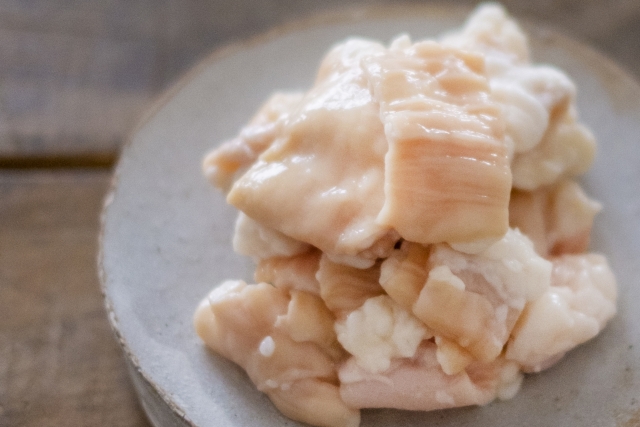
Vegetables
A variety of vegetables is added, including cabbage, chives, leeks, Chinese cabbage, and bean sprouts.
These complement the delicious flavor of offal.

Mushrooms
Various mushrooms are sometimes added, including eringi, shimeji, maitake, or shiitake mushrooms.

Other
Motsu-nabe may also be added with tofu, which typically includes soft or silken tofu and fried tofu.
Mochi (rice cake) and other ingredients can also be used.
Additionally, some soups are flavored with garlic, chili pepper, and sesame oil.

Noodles and rice
After finishing most of your motsu-nabe, you can add noodles such as udon or champon noodles, and rice to the pot.
Champon noodles are a popular finishing dish in the Kyushu region.
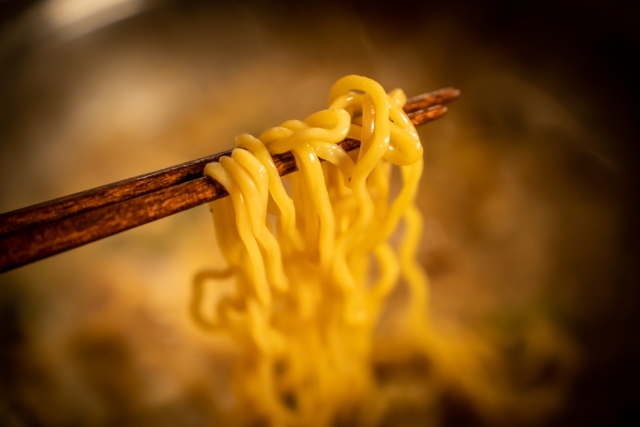
How to make motsu-nabe
A typical method of cooking motsu-nabe is shown below.
The first step is to process the offal.
Since offal has a strong odor, it is crucial to prepare it correctly to remove the unwanted smell.
Fresh, high-quality offal is chosen, rubbed with salt, and washed under running water.
Once washed, the offal is pre-cooked.
Sake and ginger may be added at this time.
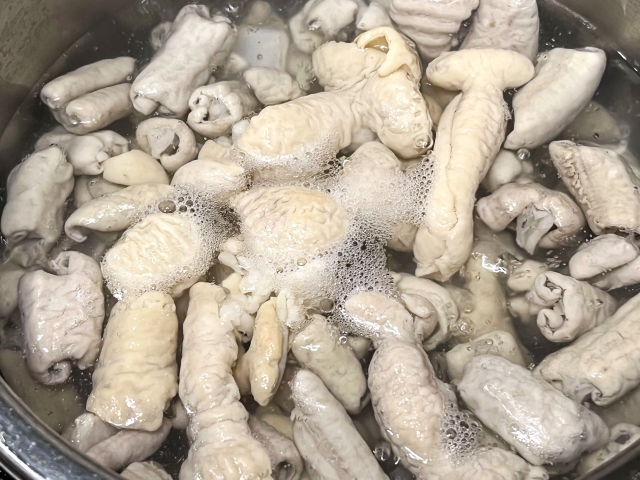
Next, the soup is prepared.
Specialty restaurants often use their own broth.
The broth is made over time using kombu kelp, bonito flakes, chicken stock, and other ingredients.
The broth is then seasoned with miso or soy sauce as a base and added with garlic, chili, and other condiments.
Restaurants often use their own recipe in this step.
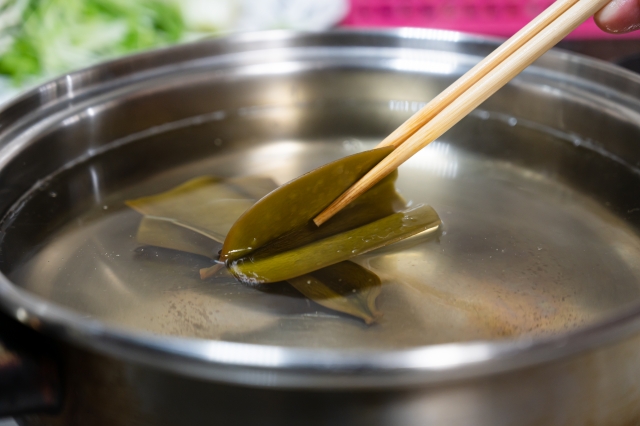
Next, the ingredients other than motsu are prepared.
Vegetables are cut into appropriate sizes along with the tofu and mushrooms.
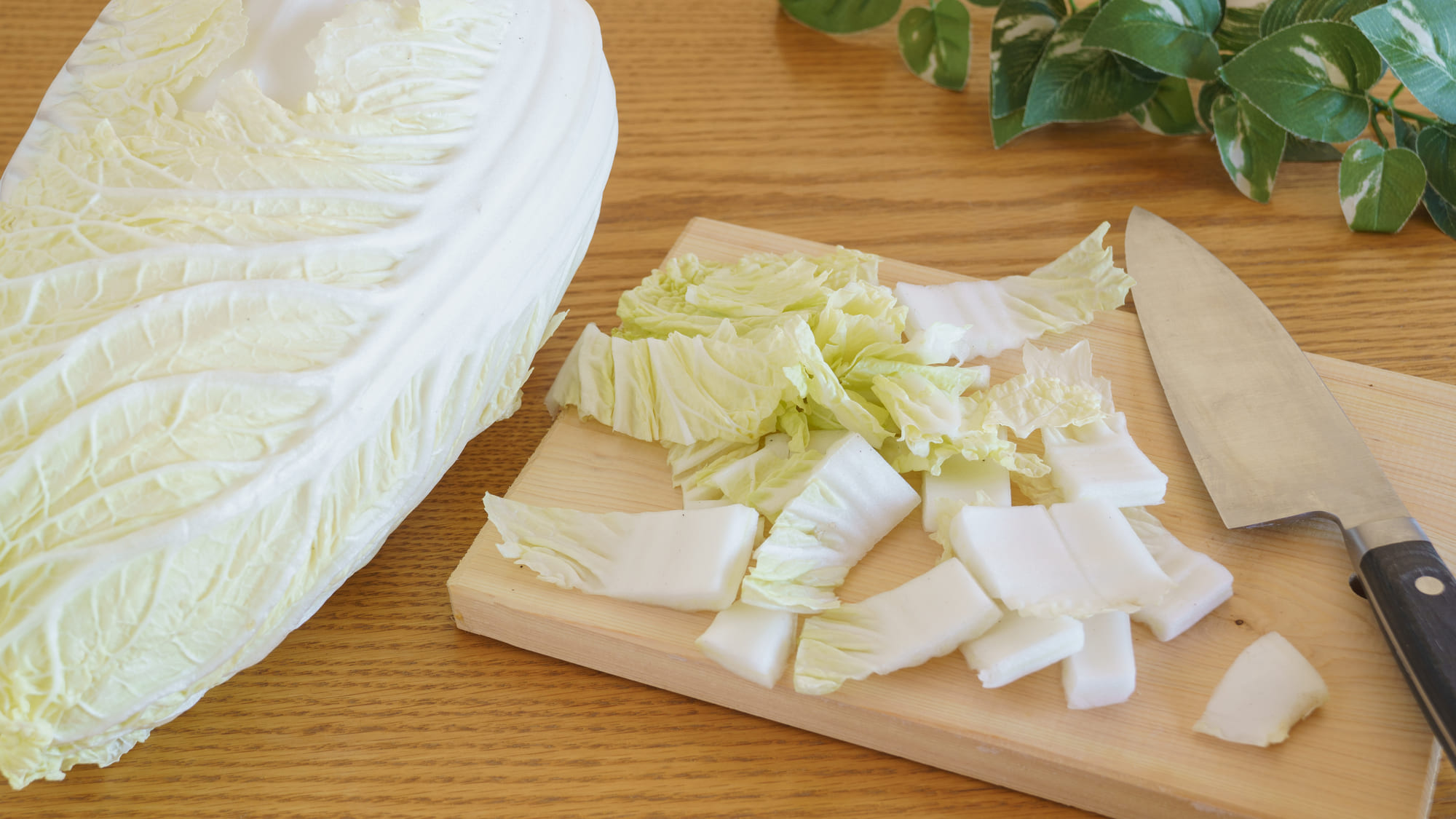
Once the ingredients are ready, the pot is then prepared.
The prepared broth is poured into a pot and the offal, vegetables, tofu, and mushrooms are added to it.
The chives are often placed in the center of the pot on top of other ingredients.
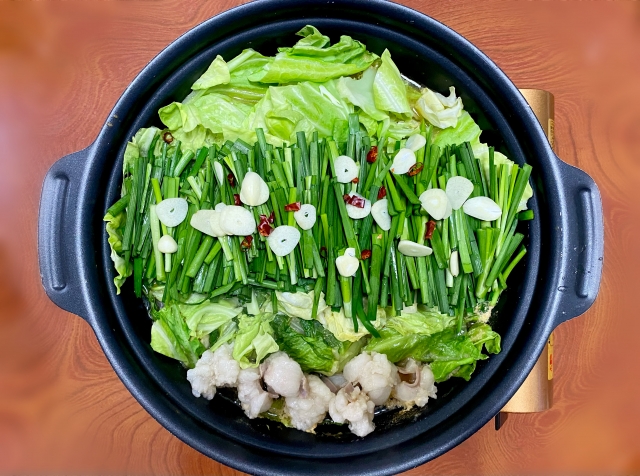
Many restaurants heat the pot in front of the customer.
The dish is ready when the offal and other ingredients are fully cooked.
How to eat motsu-nabe
Below are some common ways to enjoy motsu-nabe.
Simmer
Start by heating the pot placed on the table.
Be careful not to burn yourself as it can be hot.
Wait until motsu is well cooked and the vegetables become tender.
Dish out
Take and serve the ingredients in a small dish.
Pour the soup over the ingredients.
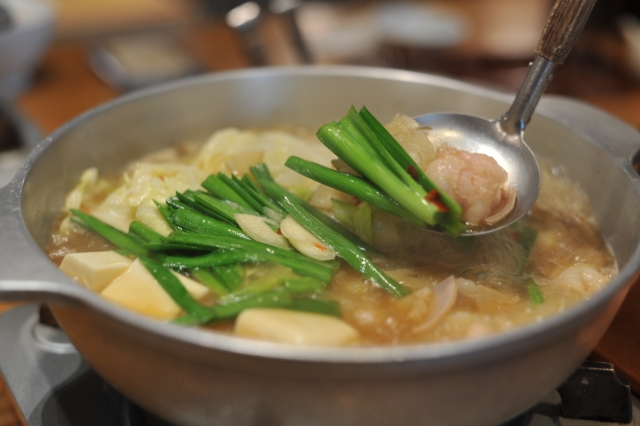
Eat
Enjoy your freshly cooked motsu-nabe.
The offal and vegetables absorb the flavor of the broth, making it extremely flavorful.
Add rice or noodles
When most of the pot has been eaten, use the remaining broth to make zosui (rice porridge) or noodles.
For zosui, put rice in the pot and simmer.
For udon or champon noodles, put the noodles directly into the pot and cook.
Once cooked thoroughly, serve the food in a small dish.
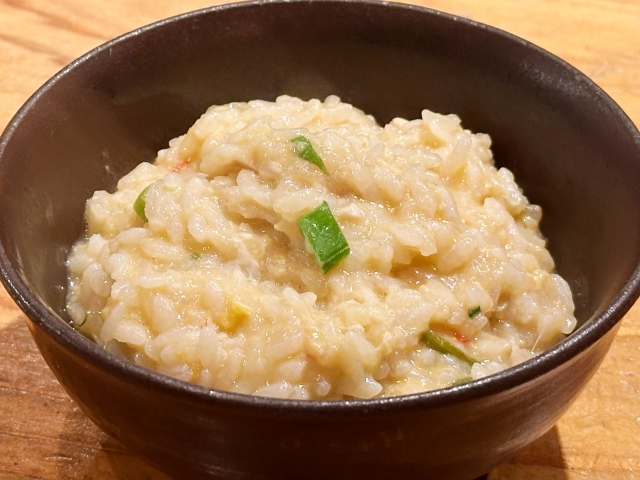
People’s reaction when eating
Search Restaurants by Destination

Search Restaurants by Popular Cuisines





